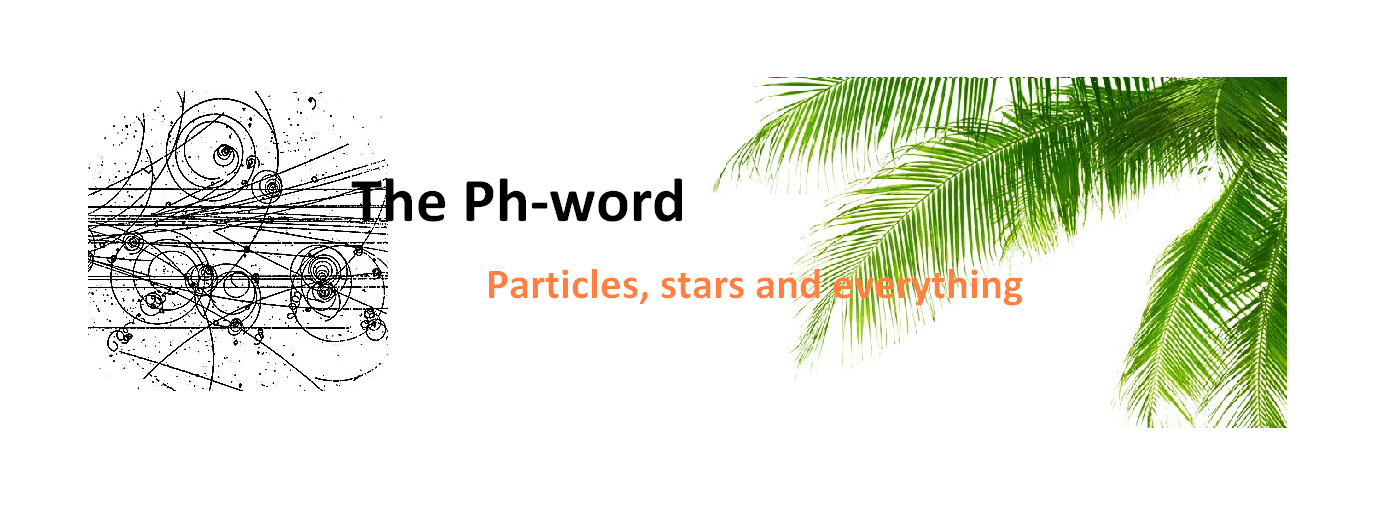January gave us various nice small news (about vast things). Enjoy.
🌒
The most distant quasar so far was spotted, and it is monstrously large.
Astronomers from the University of Arizona found a quasar at 13.3 billion light years away, which has a mass of more than one and a half billion suns. Quasars are black holes sitting at galactic hearts; as they devour stars and dust, a swirling disc of hot material forms around them and energy is released from its friction. This produces intense brightness which often outshines whole galaxies. (In this case said quasar is a thousand times brighter than the whole of our Milky Way).
Being so distant means that this quasar is also quite old – it was formed only 670 million years after the calculated time of the big bang. This fact, combined with its mass, surprised the astronomers, because it wouldn’t have time to grow so massive by, say, forming from merging black holes with more usual sizes.
🌓
Question: How dark is space?
Answer: It is as bright as the light you’d get in your bedroom from the fridge lamp of your neighbour, who lives one mile away and who opened its door in the middle of the night.
Seriously, this is the amount of ambient light that the New Horizons spacecraft sees now that it reached the outskirts of the solar system.
But this is not merely an exercise in shades of gray. This faint faint glow let astronomers estimate how many galaxies there are in the universe. (By the way, the fridge lamp metaphor actually comes from one of those astronomers.)
The story goes like this: up to now the best observations of deep space have been done from the Hubble telescope; and by using its observations and various reasonable assumptions, it has been estimated that there are two trillion galaxies in total. Now, the glow measured by New Horizons says that it sees more ambient light; and concludes that if there are more galaxies than the previous calculation, then there can be at most only twice as many.
Okay, to be exact, this doesn’t mean necessarily that there are 4 trillion galaxies around. It could mean instead that there are other luminous things which collectively shine equivalently to 4 trillion. And what other luminous things could that be? Astronomers say they could be dwarf galaxies that we couldn’t detect, bright halos of stars surrounding galaxies, intergalactic rogue stars, or something entirely new.
Dreamy as it sounds, it must be noted that many assumptions and extrapolations had to be used in getting this information from New Horizons’s data. (For example, the already known sources of light had to be subtracted from the glow that it saw.) But at least, there is one way to check in the near future if the number of galaxies is actually that much larger than expected: the James Webb Space Telescope, the successor of Hubble, which is planned to go in orbit this year.
🌕
A small “quantum internet” was built using two drones.
Quantum communications might still be a future dream, but it is nevertheless a current red-hot research topic. At its core it relies on pairs of entangled photons – pulses of light generated together and having complimentary quantum properties.
Now, in the relevant experimental setups, entangled photons are usually sent out through optical fibers, but these are not the best medium for their transfer. Direct transmission through air, for instance, would do the job while losing less photons on the way.
And this, transmission through air, is what researchers from Nanjing University pulled off. They used two drones; one of them generating the entangled pairs and sending them to a ground station, and the other acting as a relay for the other half of the photon population, transmitting them to another ground station.
The two stations were one kilometer apart, and they received 25% and 4% of the original photons respectively, which is a good start. And so the researchers demonstrated that a spatially flexible drone network could one day be set up. Which means that they might not be used only to deliver your coffee.
